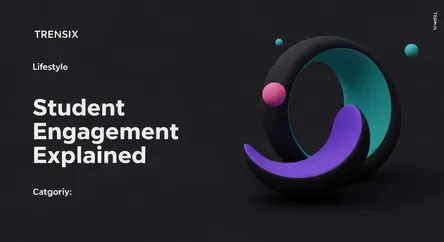Lifestyle
Student Engagement Explained

Discover what student engagement is, why it's a key trend, and how it boosts learning outcomes and student well-being in modern education.
What is it?
Student engagement refers to the degree of attention, curiosity, interest, and passion that students show when they are learning. It's more than just paying attention in class; it encompasses behavioral, emotional, and cognitive involvement in academic activities. Behaviorally, it means participation and following rules. Emotionally, it relates to a student's feelings about their school and learning. Cognitively, it involves the student's investment in mastering complex ideas and skills.
Why is it trending?
Educators and institutions are increasingly recognizing that engagement is a powerful predictor of academic success and personal growth. Post-pandemic, there's a heightened focus on re-connecting with students and combating learning loss through more interactive and supportive methods. The rise of personalized learning, project-based activities, and educational technology has provided new tools to create more immersive and engaging experiences, moving away from traditional, passive instruction models.
How does it affect people?
For students, higher engagement leads to improved grades, better attendance, and lower dropout rates. It fosters a sense of belonging, builds critical thinking skills, and promotes a lifelong love of learning. For educators, an engaged classroom is more dynamic and rewarding to teach. It reduces behavioral issues and allows for deeper pedagogical impact, transforming the educational environment into a collaborative and thriving community for everyone involved.